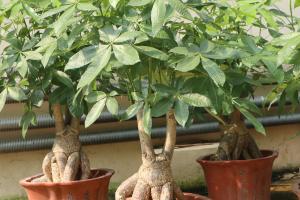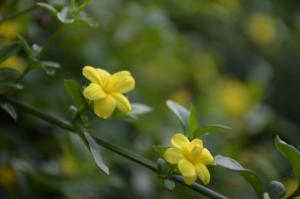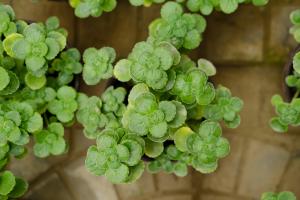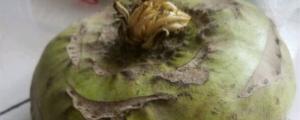1、 Morphological characteristics
1. Leaves: the leaves are paper, and the shape is wide obovate, and there are also obovate ellipses. The length is about 10-18cm and the width is about 6-12cm
2. Flowers: usually bloom from February to March and bloom again from July to September. The flower buds are oval and fragrant. Petals 9, usually white, base pink
3. Fruit: the fruit is cylindrical, about 12 cm long and no more than 5 cm wide. The appearance is brown, the lenticels are white, and the seeds are heart-shaped
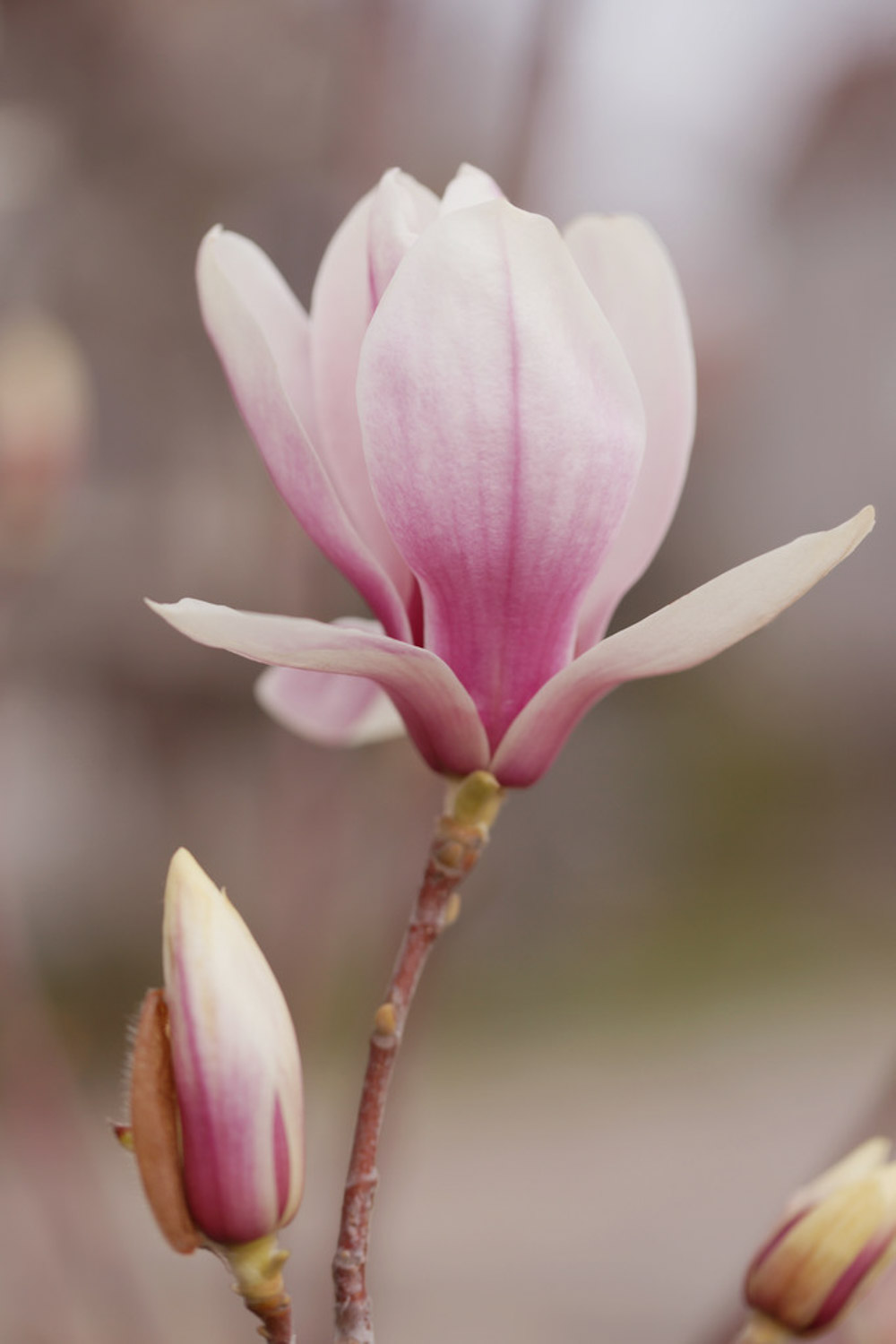
2、 Curing method
1. Sunshine: Magnolia prefers sunshine and is generally planted in a sunny environment. Being in the shade will make it grow poorly, grow thin and short, and cause the leaves to turn yellow
2. Watering: Magnolia is sensitive to water and is not resistant to waterlogging or cold. Watering should be frequent and not too much. Keep the soil moist at all times, but there should be no ponding. Once a month in the growing season is enough, and water should be cut off in the rainy season
3. Fertilization: moderate fertilization can make Magnolia grow vigorously, with thick green leaves and large fragrant flowers. Applying compound fertilizer before flowering can effectively promote flowering. Apply nitrogen fertilizer once after flowering to help them recover their growth. Apply phosphorus and potassium fertilizer from July to August to promote flower bud differentiation. Apply a circle fertilizer before winter to improve soil activity
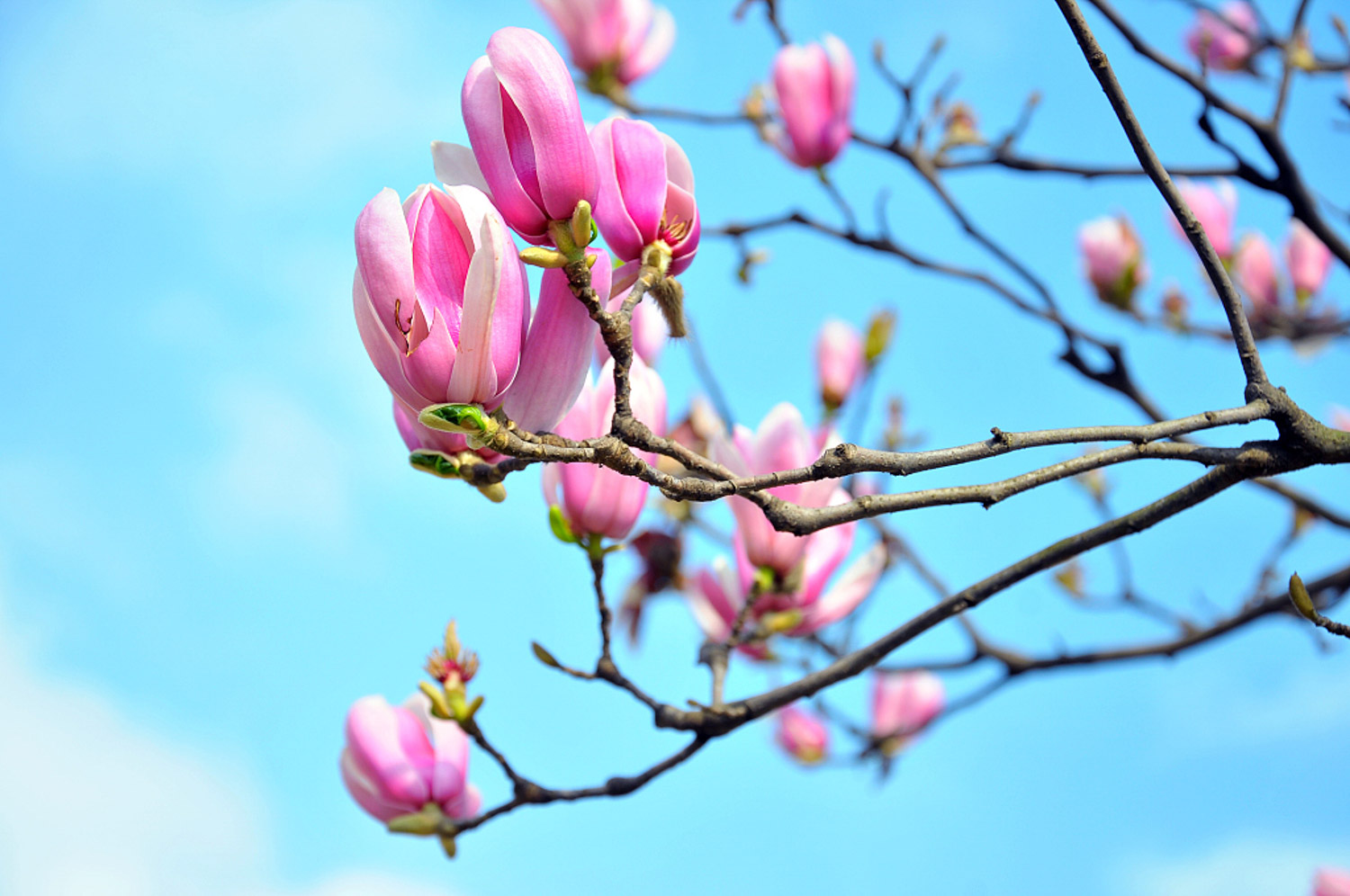
3、 Picture appreciation
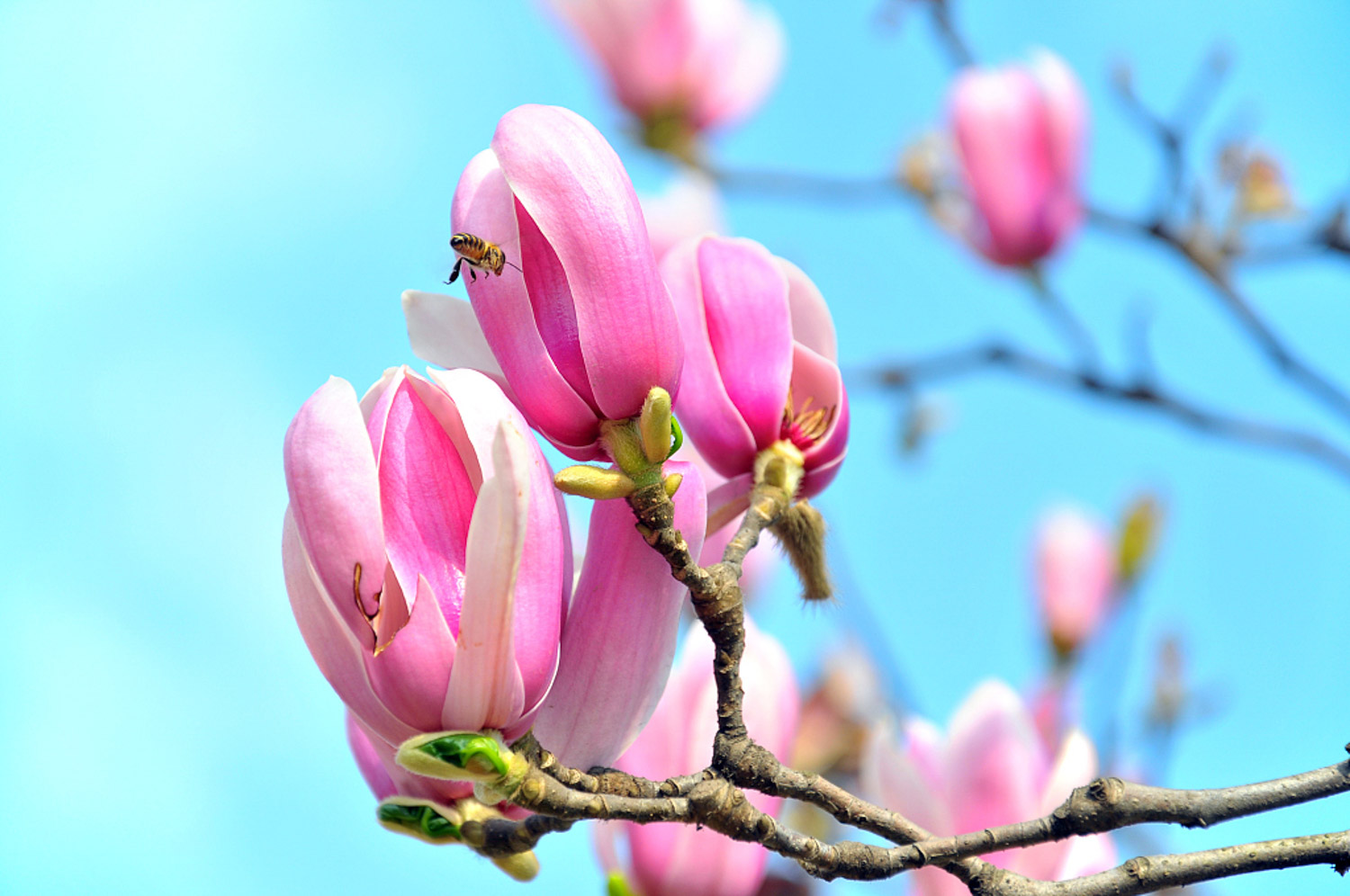
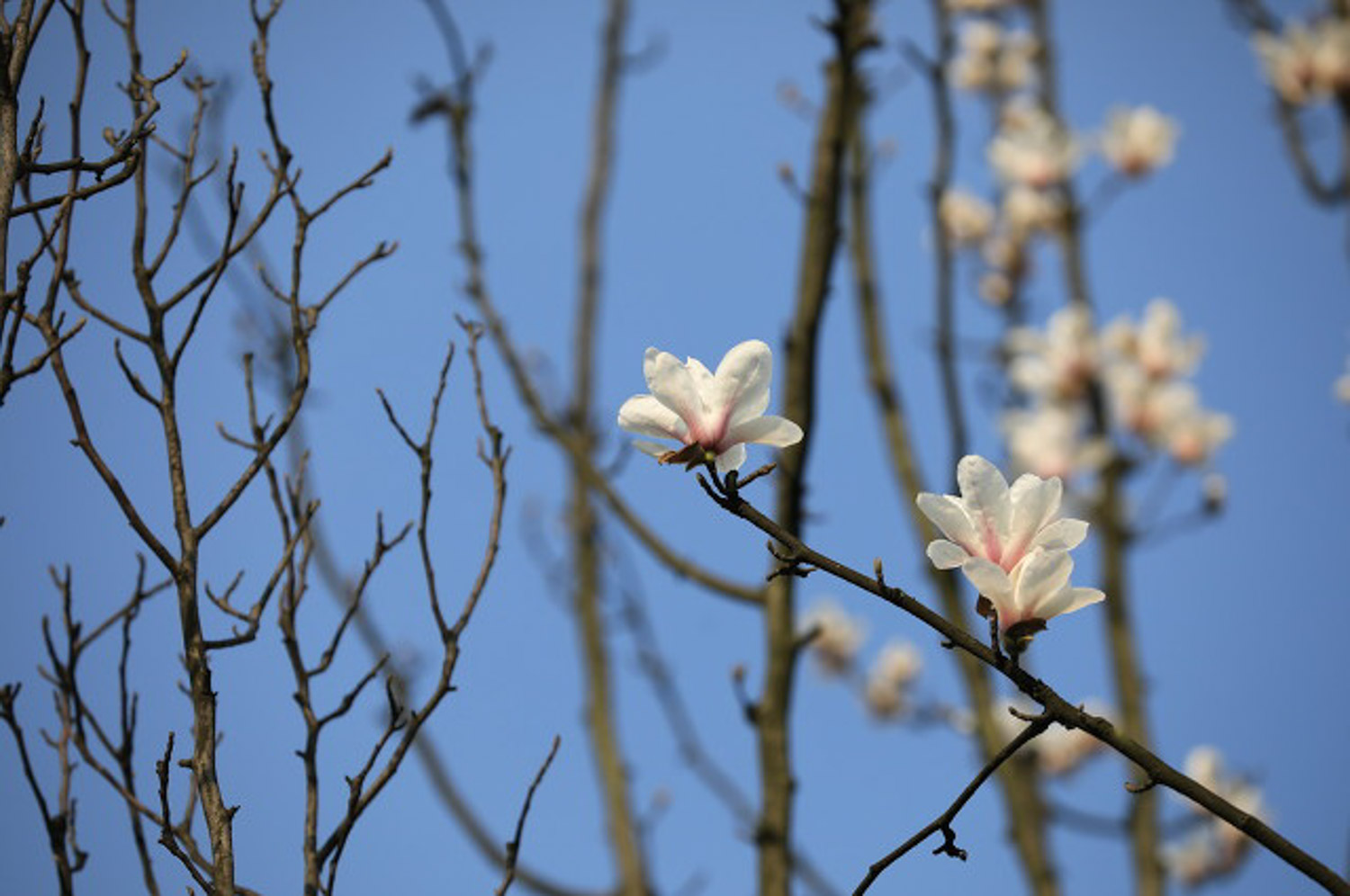
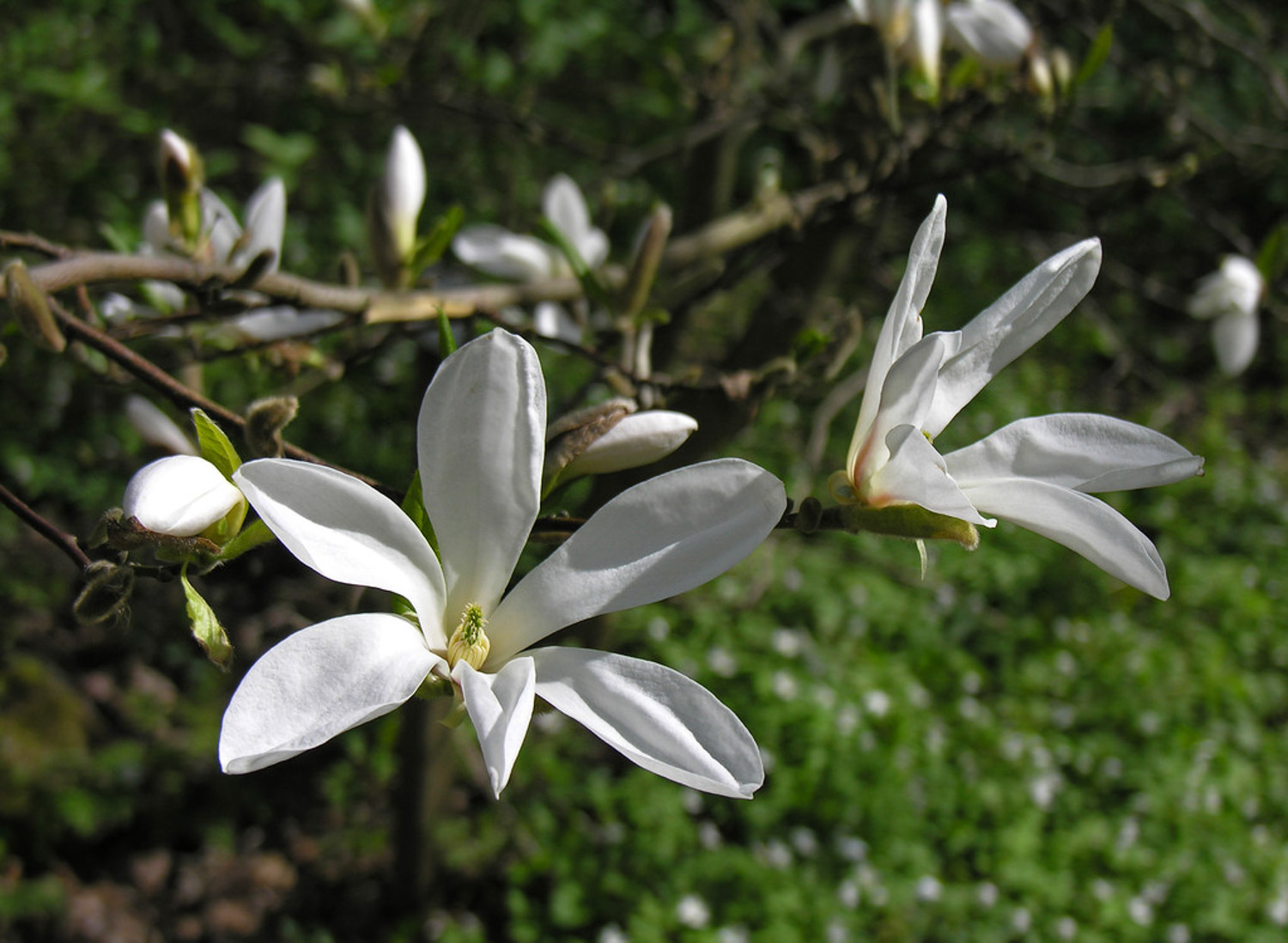

 jackfruit
jackfruit snake plant
snake plant hibiscus
hibiscus hydrangea
hydrangea lavender
lavender Green roses climb al...
Green roses climb al... If you don't pay att...
If you don't pay att... Management of four g...
Management of four g...
